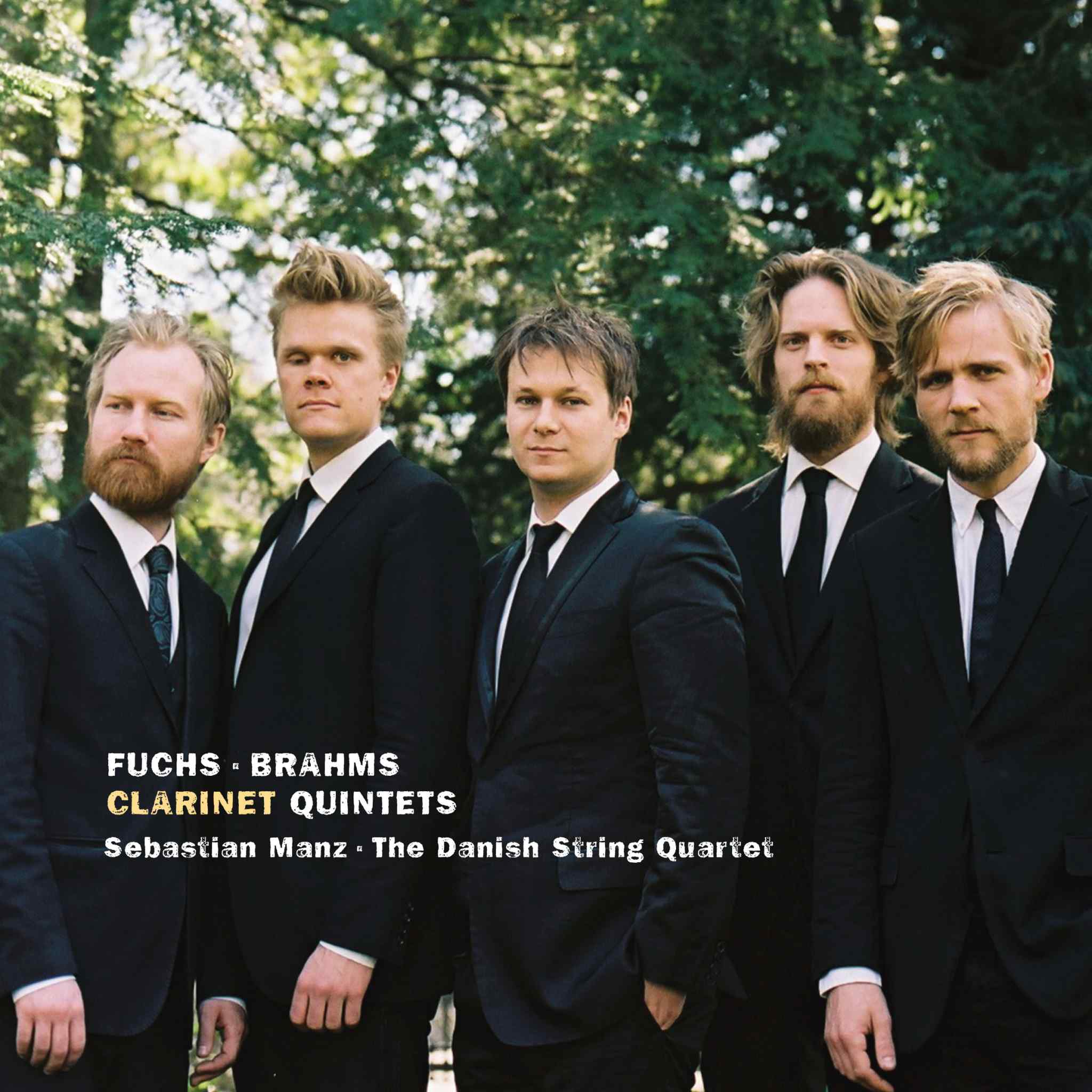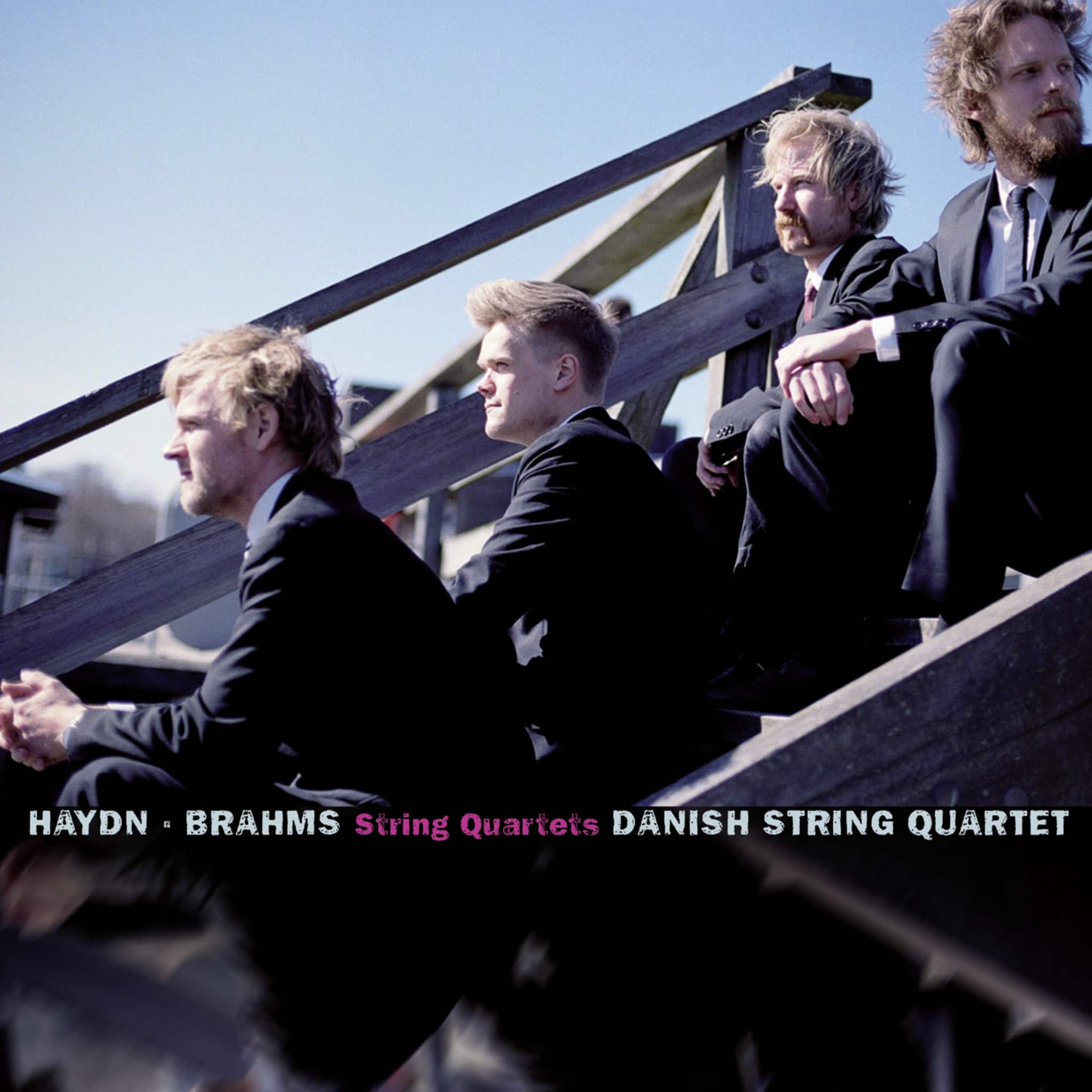Album insights
Dedicated solely to works in a single genre—the motets by Nicolas Gombert (ca. 1495–ca. 1560)—, this recording highlights Gombert's focus on motets, contrary to the CD-era's trend of emphasizing Mass ordinarium settings. In the early 16th century, the motet reigned as the dominant musical genre, with Gombert being attributed nearly 180 of them over time. Interestingly, Gombert's motets outnumber his Mass compositions by over ten to one.
Themes of penance are notably predominant throughout Gombert's motets, arguably linked to a speculated episode involving his disgraceful expulsion from imperial service. Despite his dubious past, Gombert's music, including works like "Aspice Domine", delves deep into themes of redemption and suffering. While Gombert faced personal challenges, his compositions reflected intense emotions and spiritual fervor.
Considering Gombert's motets collectively reveals deep-rooted themes of penance and a profound devotion to the Blessed Virgin Mary. His compositions, like "Hortus conclusus es" and "Ave sanctissima Maria", emphasize his intricate polyphonic style, creating works of timeless complexity and emotional depth.
Noteworthy for its compositional techniques, Gombert's piece "Virgo sancta Katherina" stands out in its repetitive tonal structures, showcasing his mastery of polyphony. This piece, along with "Ave Maria", demonstrates Gombert's ability to intertwine complex harmonies with devout Marian prayers.
Finally, in a departure from sacred motifs, Gombert's secular motet "Ergone vitae" sets a neolatin poem by Johannes Secundus to music, illustrating his versatility beyond religious texts. Gombert's dynamic approach to this worldly subject matter reflects his adaptability and creativity across diverse thematic elements.







